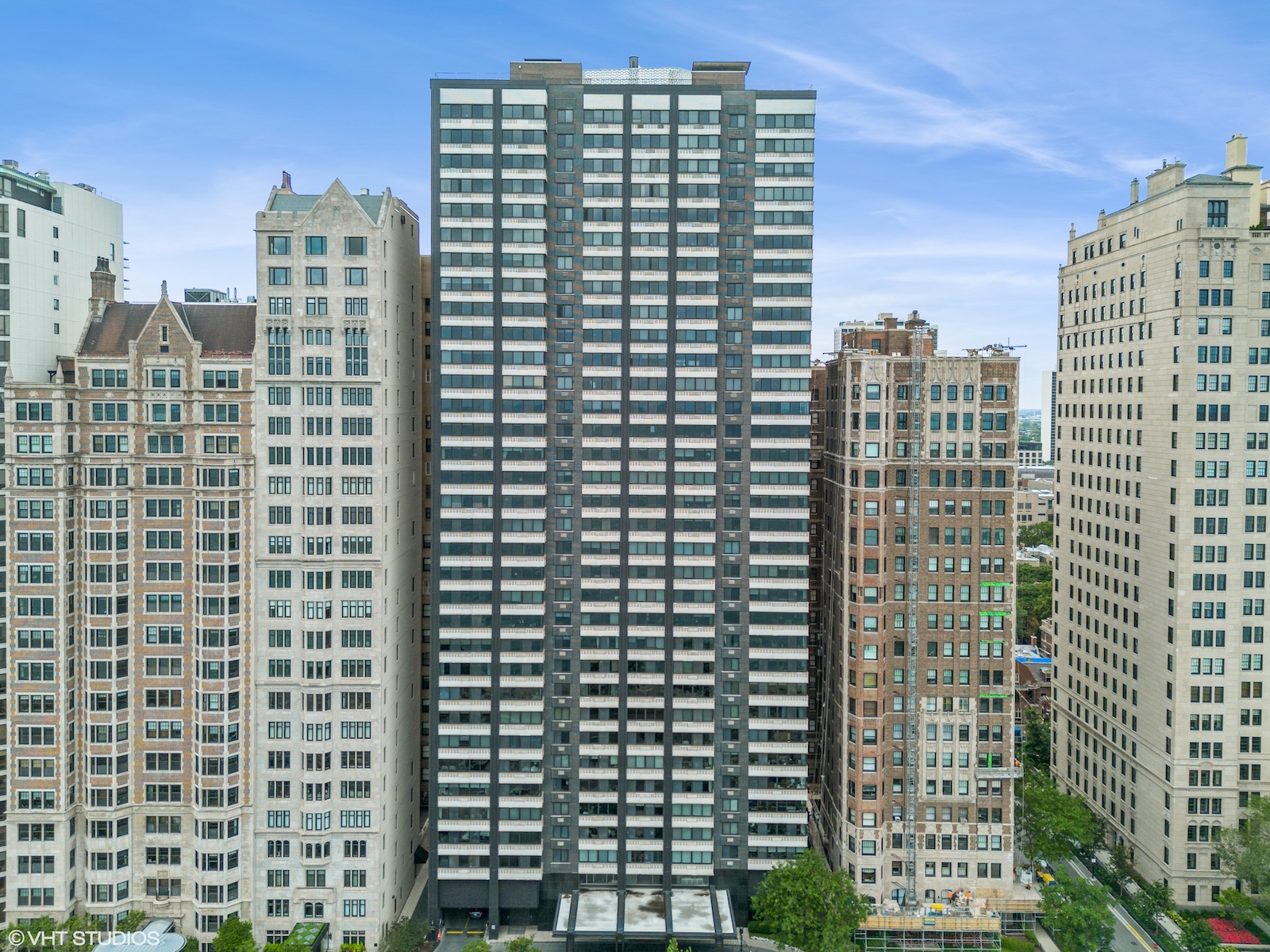Not all home loans are created equal. With options ranging from conventional and jumbo loans to adjustable-rate mortgages, each borrower’s situation is unique—and it’s your loan officer’s job to match you with the right type of financing. For those considering purchasing a condominium, there’s yet another category of mortgage to consider. The process starts with understanding what makes a condominium different in terms of legal classification.
According to Joe Burke, SVP of Mortgage Lending at Proper Rate, “A condominium declaration legally defines an individual unit within a larger building or complex.” This classification applies to various property types beyond just apartments, including townhomes or even single-family homes with a condo designation. In other words, it’s not the structure itself but the legal ownership framework that qualifies a property as a condo.
Why Condo Loans Carry a Higher Rate
Lenders typically regard condo purchases as higher-risk investments compared to single-family homes. Since multiple parties own portions of the property, this shared ownership structure requires a different loan underwriting process and often results in slightly higher interest rates. This rate premium can vary, typically ranging from 0.25% to 0.75% more than single-family home loans, depending on current market conditions. Additionally, the size of the down payment impacts the interest rate: a 25% down payment generally unlocks the most favorable rates, though putting down as little as 5% or 10% remains an option, albeit at a slightly higher borrowing cost.
Aside from rates, lenders also consider monthly homeowners association (HOA) fees, or assessments, which contribute to the borrower’s total monthly financial obligation. This can impact loan approval amounts, as lenders assess overall affordability, including HOA dues.
Understanding Warrantable vs. Non-Warrantable Condos
A significant factor in condo financing is whether the building is deemed “warrantable,” meaning it meets criteria set by Fannie Mae and Freddie Mac. For example, a warrantable condo project cannot have more than 10% of units owned by a single entity and no more than half of the units should be rented out.
Joe Burke notes, “Distinguishing between warrantable and non-warrantable condos is essential because it can influence your financing options and interest rates. If a building meets these warrantable guidelines, securing a loan is more straightforward. Non-warrantable condos, however, may lead to challenges in loan approval and often come with higher interest rates due to perceived risk.”
While a non-warrantable status doesn’t necessarily bar financing, it can limit options and may require working with lenders who specialize in this market. Borrowers should anticipate potentially higher rates as well, reflecting the increased lending risk.
Building a Strong Team
Given the complexities, Burke strongly advises condo buyers to work with a team experienced in condo transactions, including a mortgage lender, real estate agent, and attorney. Without the right guidance, buyers might face issues such as non-warrantability that can disrupt the purchase process.
Additionally, reviewing financial documents from the condominium association—especially reserve funds for future maintenance and improvements—is crucial. “Lenders need assurance that the building’s finances are stable enough to support ongoing operations and necessary repairs,” says Burke. These financial reviews help ensure the building’s long-term viability and, ultimately, the buyer’s investment stability.
By understanding the unique aspects of condo loans, buyers can navigate the process with confidence and clarity.


